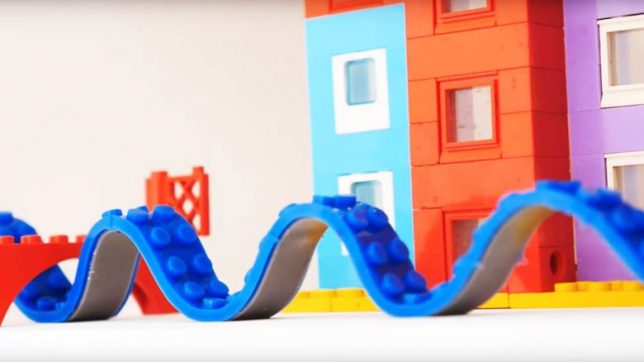 |
When Picktorial 3 debuted back in April, it offered “superior support” for Fujifilm X-Trans RAW files, including compressed and uncompressed RAF. This was a big deal, and it has been so well received that Picktorial Innovations, Ltd. has announced another major addition for Fuji users this week: they’ve added Fuji Film-Simulation color profiles.
Released as a $ 15 “X-Pack” add-on to Picktorial 3, the preset pack is described as, “a package of pitch-perfect film simulation color profiles for Fujifilm RAF files.”
With this unique add-on to Picktorial 3, the simple yet powerful non- destructive RAW photo editing platform for Mac, Fuji photographers can enjoy the renowned look of the Fujifilm Film-Simulation yet retain the capability and latitude of the X-Trans sensor output.
The X-Pack features 14 color profiles, which accurately reproduce the much-loved Fuji Film-Simulation modes you find in-camera when shooting JPEG. The difference here being, of course, that you can apply these profiles to raw RAF files to achieve the same looks without losing the editing latitude of raw.
Here are a few before and after images of the X-Pack in action:
$ (document).ready(function() { SampleGalleryV2({“containerId”:”embeddedSampleGallery_3405492424″,”galleryId”:”3405492424″,”isEmbeddedWidget”:true,”standalone”:false,”selectedImageIndex”:0,”startInCommentsView”:false,”isMobile”:false}) });
The add-on requires Picktorial version 3.0.4 or newer, which will cost you $ 40 to buy new as of this writing. The X-Pack itself costs $ 15, and can be purchased at this link.
Picktorial’s new X-Pack film simulation color profiles offer further appeal for Fuji RAF users
Jerusalem, Israel – August 16, 2017 – Picktorial Innovations, Ltd. is excited to announce its latest offering to the Fuji community with X-Pack, a package of pitch-perfect film simulation color profiles for Fujifilm RAF files. With this unique add-on to Picktorial 3, the simple yet powerful non- destructive RAW photo editing platform for Mac, Fuji photographers can enjoy the renowned look of the Fujifilm Film-Simulation yet retain the capability and latitude of the X-Trans sensor output.
Already a favorite within the Fuji community due to its superior X-Trans RAW support, Picktorial has added the X-Pack with 14 color profiles reproducing the Fuji Film-Simulation modes found in- camera when shooting in JPEG format. These profiles, based on the original films, are considered one of the most beloved features in the Fuji X-series digital cameras.
Picktorial continues to develop new features in line with its mission: providing intuitive, pro-level tools to every photographer, expanding creative opportunities while saving editing time. Since its launch in April 2017, Picktorial 3 has received rave reviews from both leading publications and users alike.
Included in the X-Pack are the following profiles:
- Camera CLASSIC CHROME
- Camera ACROS
- Camera ACROS+Ye
- Camera ACROS+R
- Camera ACROS+G
- Camera Velvia/VIVID
- Camera PROVIA/STANDARD
- Camera PRO Neg. Hi
- Camera PRO Neg. Std
- Camera ASTIA/SOFT
- Camera MONOCHROME
- Camera MONOCHROME+Ye
- Camera MONOCHROME+R
- Camera MONOCHROME+G
The camera profiles are compatible with Fujifilm X-Trans(TM) RAF files.
Requirements:
Picktorial 3.0.4 or later
Availability and Pricing:
The X-Pack is now available for download at www.picktorial.com/xpack for $ 15.
More tutorials and resources can be found at www.youtube.com/picktorial
Articles: Digital Photography Review (dpreview.com)

































































You must be logged in to post a comment.